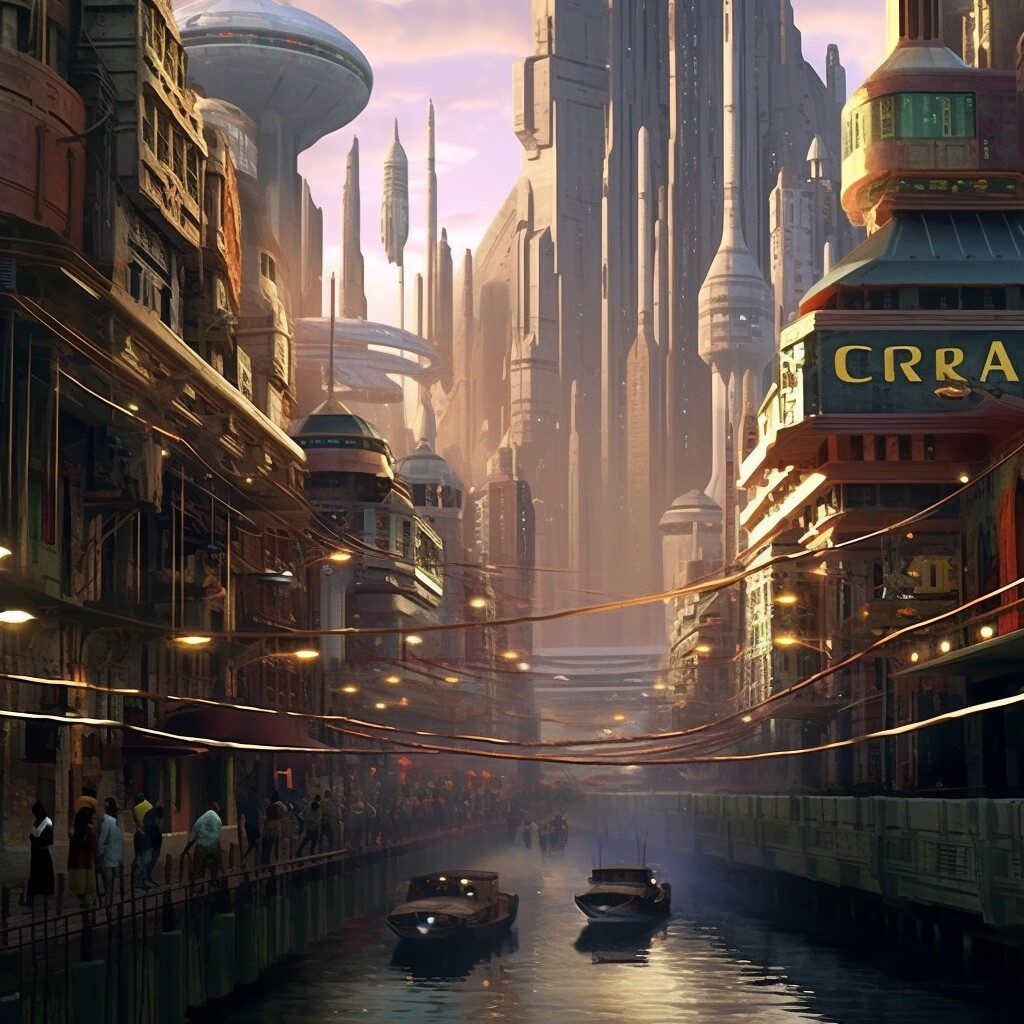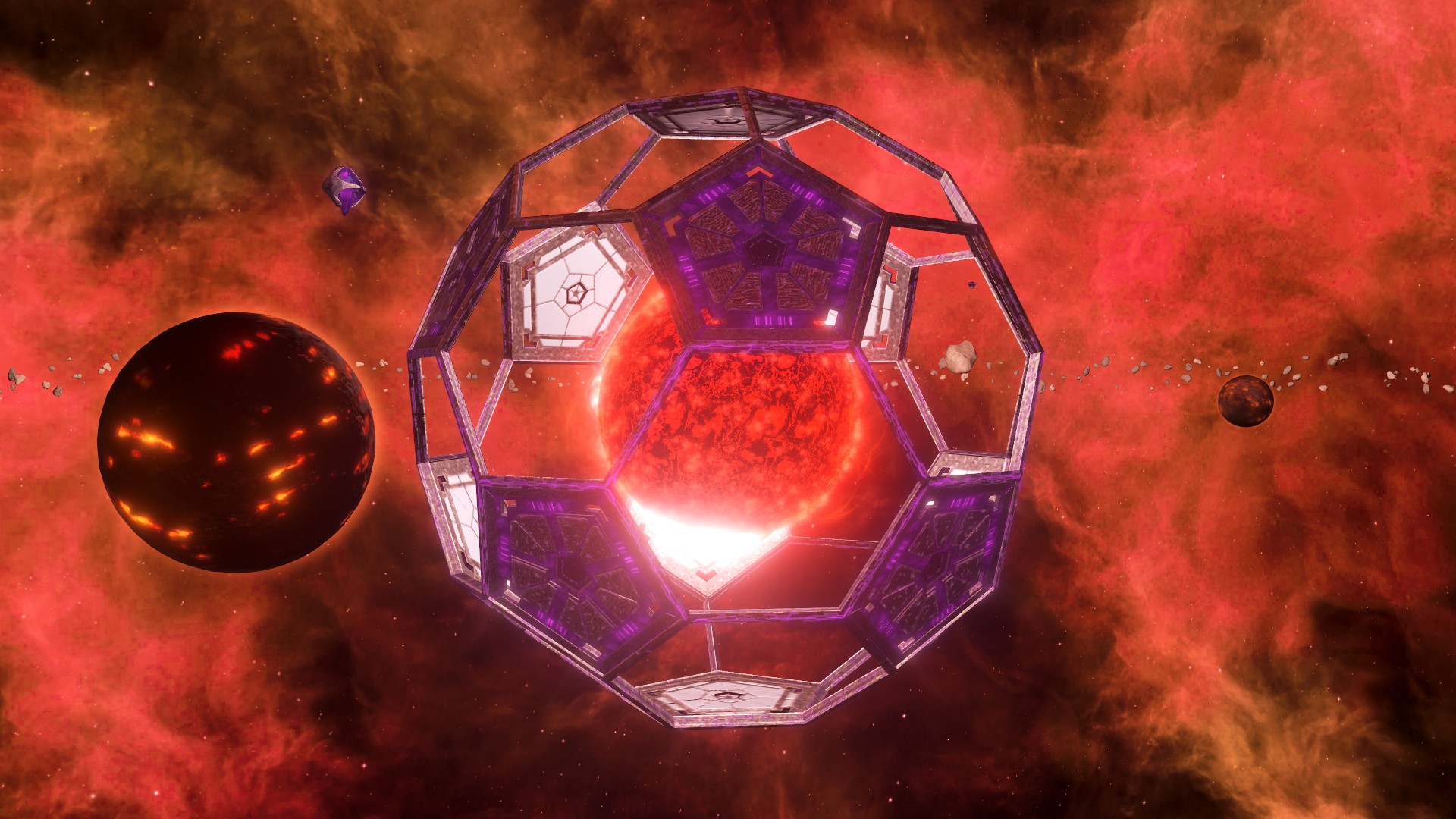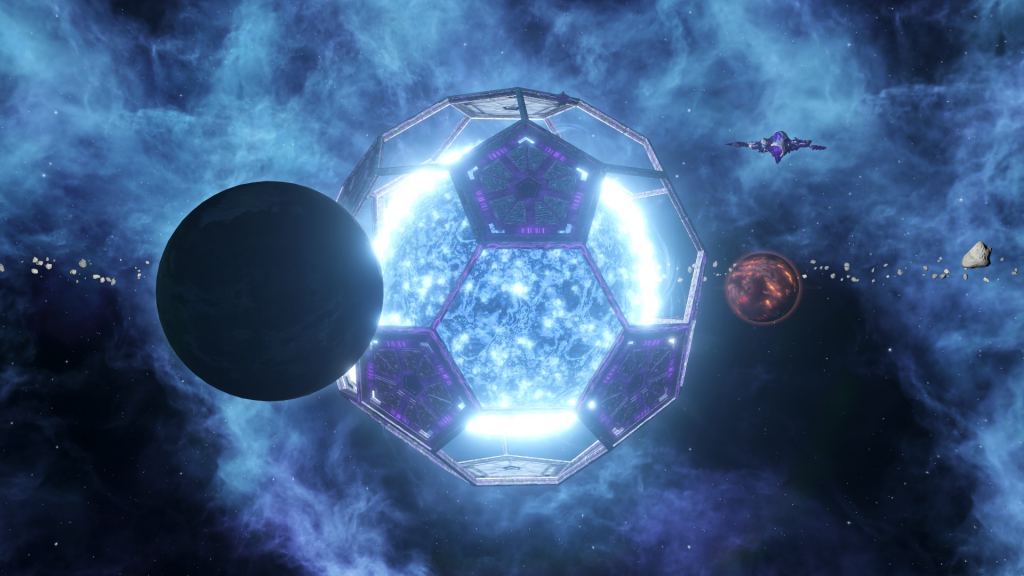From June 18th to 22nd, the Penn State Extraterrestrial Intelligence Center (PSETI) held the second annual Penn State SETI Symposium. The event saw experts from many fields and backgrounds gathering to discuss the enduring questions about SETI, the technical challenges of looking for technosignatures, its ethical and moral dimensions, and what some of the latest experiments have revealed. Some very interesting presentations examined what will be possible in the near future and the likelihood that we will find evidence of extraterrestrial intelligence.
Among them, there were some very interesting presentations by Adam Frank, Professor of Astrophysics at the University of Rochester; Ph.D. student Matias Suazo, an astrophysicist and member of Project Haephestos at the University of Uppsala; and Nicholas Siegler, the Chief Technologist of NASA’s Exoplanet Exploration Program (ExEP). These presentations addressed ongoing issues in the search for extraterrestrial intelligence (ETI), technosignatures, the role of oxygen in the evolution of complex life, and what motivations extraterrestrial civilizations (ETC) might have for creating noticeable signatures.
Continue reading “The 2nd Annual Penn State SETI Symposium and the Search for Technosignatures!”



